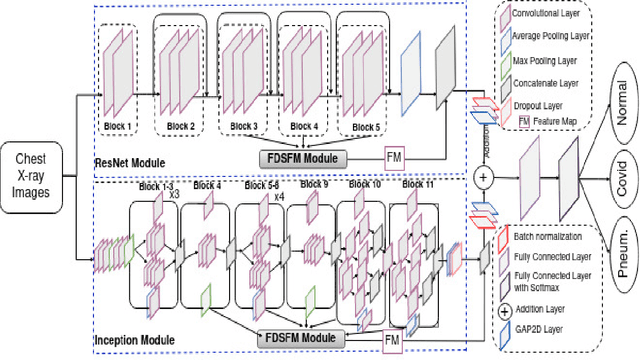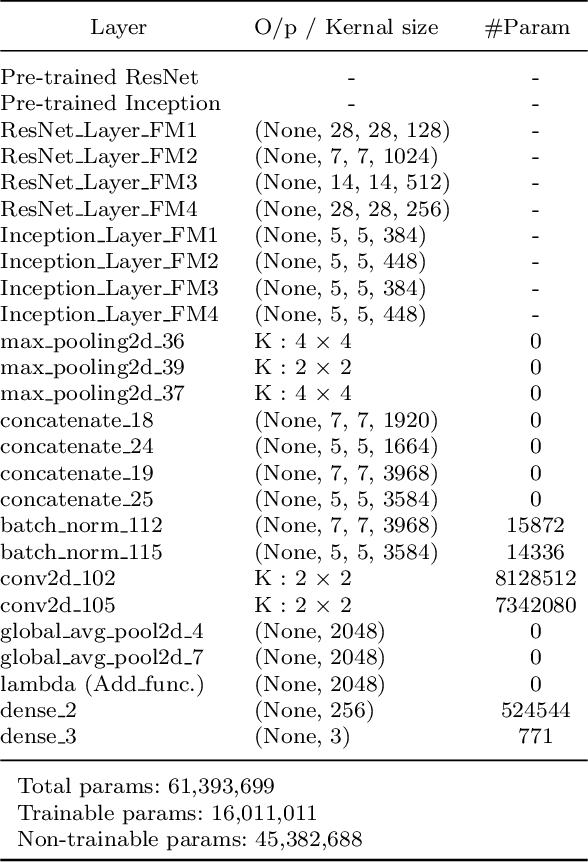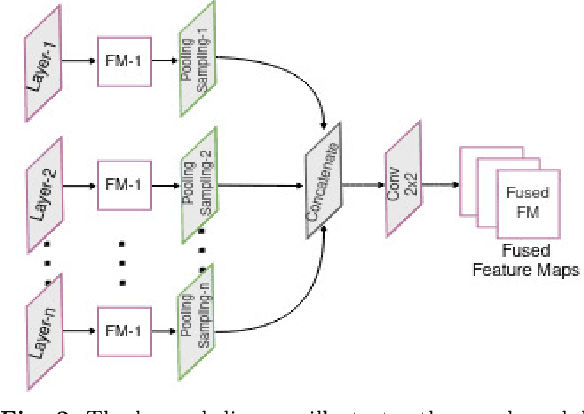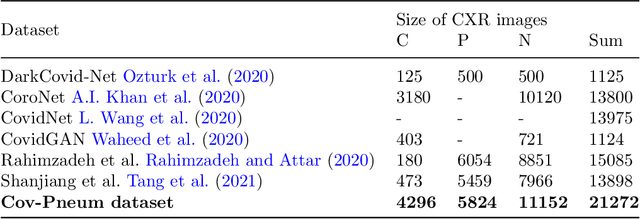Yogesh Kumar Meena
Quantifying Spatial Domain Explanations in BCI using Earth Mover's Distance
May 02, 2024Abstract:Brain-computer interface (BCI) systems facilitate unique communication between humans and computers, benefiting severely disabled individuals. Despite decades of research, BCIs are not fully integrated into clinical and commercial settings. It's crucial to assess and explain BCI performance, offering clear explanations for potential users to avoid frustration when it doesn't work as expected. This work investigates the efficacy of different deep learning and Riemannian geometry-based classification models in the context of motor imagery (MI) based BCI using electroencephalography (EEG). We then propose an optimal transport theory-based approach using earth mover's distance (EMD) to quantify the comparison of the feature relevance map with the domain knowledge of neuroscience. For this, we utilized explainable AI (XAI) techniques for generating feature relevance in the spatial domain to identify important channels for model outcomes. Three state-of-the-art models are implemented - 1) Riemannian geometry-based classifier, 2) EEGNet, and 3) EEG Conformer, and the observed trend in the model's accuracy across different architectures on the dataset correlates with the proposed feature relevance metrics. The models with diverse architectures perform significantly better when trained on channels relevant to motor imagery than data-driven channel selection. This work focuses attention on the necessity for interpretability and incorporating metrics beyond accuracy, underscores the value of combining domain knowledge and quantifying model interpretations with data-driven approaches in creating reliable and robust Brain-Computer Interfaces (BCIs).
MultiFusionNet: Multilayer Multimodal Fusion of Deep Neural Networks for Chest X-Ray Image Classification
Jan 01, 2024



Abstract:Chest X-ray imaging is a critical diagnostic tool for identifying pulmonary diseases. However, manual interpretation of these images is time-consuming and error-prone. Automated systems utilizing convolutional neural networks (CNNs) have shown promise in improving the accuracy and efficiency of chest X-ray image classification. While previous work has mainly focused on using feature maps from the final convolution layer, there is a need to explore the benefits of leveraging additional layers for improved disease classification. Extracting robust features from limited medical image datasets remains a critical challenge. In this paper, we propose a novel deep learning-based multilayer multimodal fusion model that emphasizes extracting features from different layers and fusing them. Our disease detection model considers the discriminatory information captured by each layer. Furthermore, we propose the fusion of different-sized feature maps (FDSFM) module to effectively merge feature maps from diverse layers. The proposed model achieves a significantly higher accuracy of 97.21% and 99.60% for both three-class and two-class classifications, respectively. The proposed multilayer multimodal fusion model, along with the FDSFM module, holds promise for accurate disease classification and can also be extended to other disease classifications in chest X-ray images.
Explainable artificial intelligence approaches for brain-computer interfaces: a review and design space
Dec 20, 2023Abstract:This review paper provides an integrated perspective of Explainable Artificial Intelligence techniques applied to Brain-Computer Interfaces. BCIs use predictive models to interpret brain signals for various high-stake applications. However, achieving explainability in these complex models is challenging as it compromises accuracy. The field of XAI has emerged to address the need for explainability across various stakeholders, but there is a lack of an integrated perspective in XAI for BCI (XAI4BCI) literature. It is necessary to differentiate key concepts like explainability, interpretability, and understanding in this context and formulate a comprehensive framework. To understand the need of XAI for BCI, we pose six key research questions for a systematic review and meta-analysis, encompassing its purposes, applications, usability, and technical feasibility. We employ the PRISMA methodology -- preferred reporting items for systematic reviews and meta-analyses to review (n=1246) and analyze (n=84) studies published in 2015 and onwards for key insights. The results highlight that current research primarily focuses on interpretability for developers and researchers, aiming to justify outcomes and enhance model performance. We discuss the unique approaches, advantages, and limitations of XAI4BCI from the literature. We draw insights from philosophy, psychology, and social sciences. We propose a design space for XAI4BCI, considering the evolving need to visualize and investigate predictive model outcomes customised for various stakeholders in the BCI development and deployment lifecycle. This paper is the first to focus solely on reviewing XAI4BCI research articles. This systematic review and meta-analysis findings with the proposed design space prompt important discussions on establishing standards for BCI explanations, highlighting current limitations, and guiding the future of XAI in BCI.
 Add to Chrome
Add to Chrome Add to Firefox
Add to Firefox Add to Edge
Add to Edge